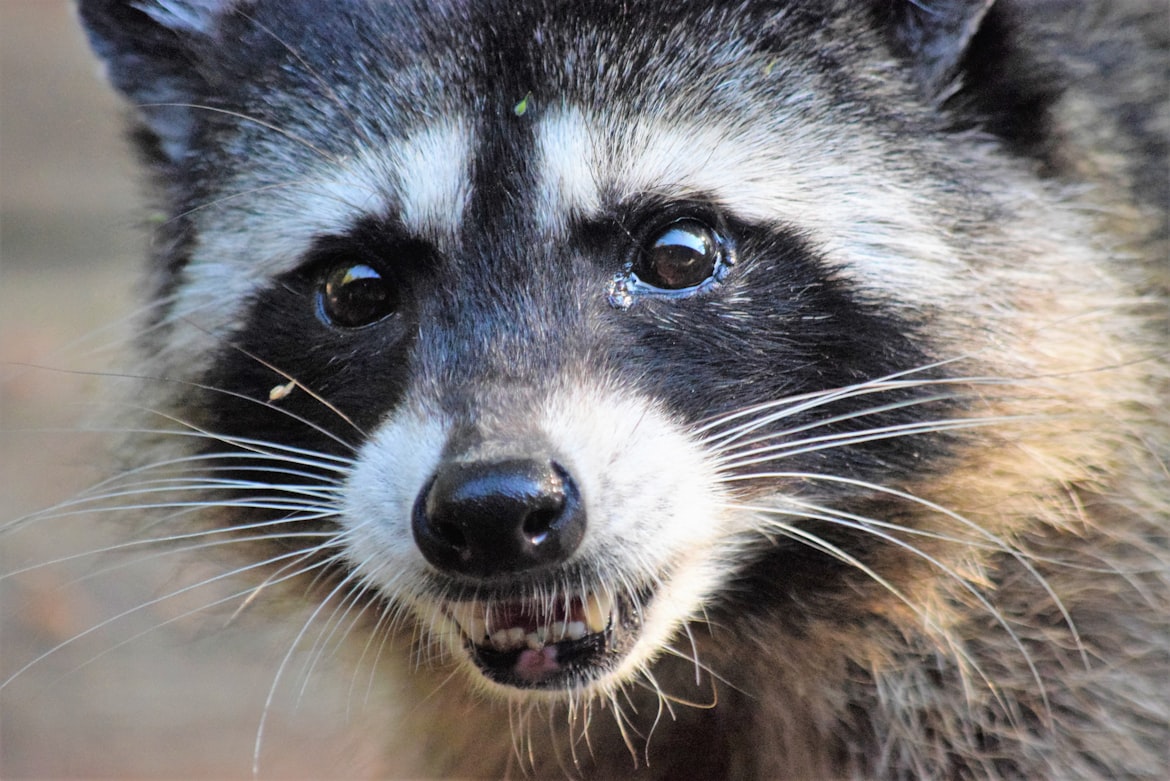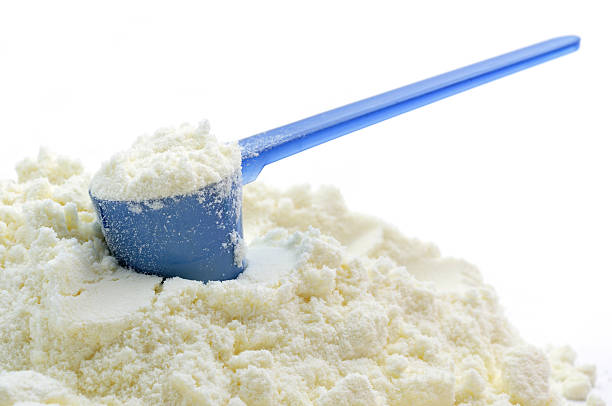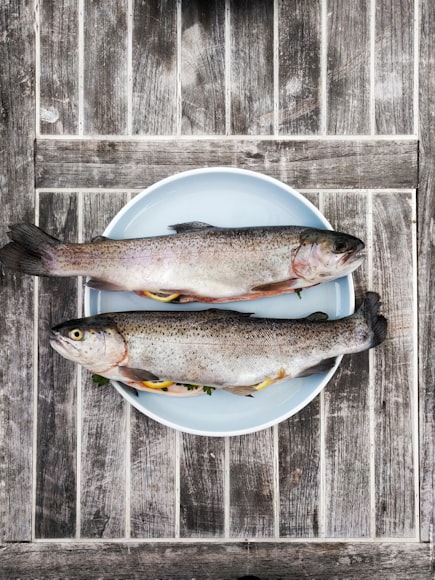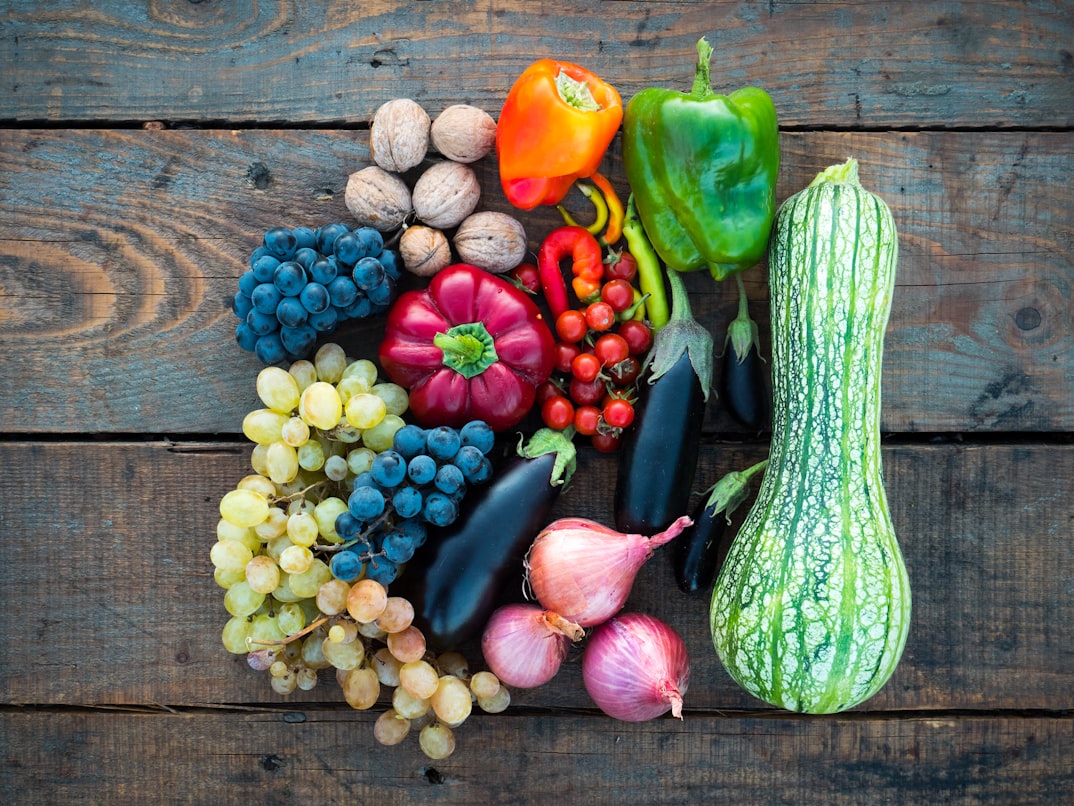How Often to Feed a Baby Raccoon
As an Amazon Associate I earn from qualifying purchases.
What Do Baby Raccoons eat?
Raccoons, like most other mammals, are excellent parents. They care for their young with diligence. When raccoon babies are born, the adult female raccoons leave the nest to forage for food to help them produce enough milk to feed their young. The babies are able to leave the nest after approximately 12 weeks of nursing. They'll learn how to forage for food and where to search from their mother during this time.
After nine months, baby raccoons are totally dependent on their mother for survival. The mother raccoons produce up to nine pups. She will only have two remaining after nine months, and she will look for a new partner in the winter to start another litter.
If you're thinking about keeping a raccoon as a pet, you should be prepared to begin. So, when you get home with your new raccoon and are eager to care for him, the first thing you need to consider is: what does a newborn raccoon eat?
What Do Baby Raccoons Eat?

Raccoons are omnivores and will consume whatever they can get their hands on. However, baby raccoons are entirely reliant on their moms' milk. To be able to produce a sufficient amount of milk, she regularly goes out to forage for food.
Baby raccoons are blind and mute for the first three weeks following birth, but they develop quickly. The baby raccoon will consume his or her mother's milk until it is old enough to leave the nest during this time.
Raccoons make their nests in hollow trees or attics to keep their young safe. Coyotes are one of the most dangerous predators for baby raccoons. The youngsters will continue to reside with their mother throughout the first winter, at which time they will gradually depart.
It is not easy for a raccoon mom to raise their kid. While they generally feed their young on milk, they must be fed at all times. Raccoon mother raccoons feed their young every four hours, which implies they have to feed them five times a day on average. The mother raccoon spends the bulk of her time in the nest caring for her kids. The female has an obligation to nurture her young, and she accomplishes this on her own.
The newborn raccoons are ready to begin eating solid food after around six weeks. They're introduced to insects, nuts, fish, berries, and frogs while they follow their mother and learn how to find food. Raccoons are very adaptable animals, and after a few more weeks, they will slowly start going their way and will be less dependent on their mother.
What Do Baby Raccoons Eat at Home?

If you're new to the challenging job of raising a raccoon, this guide will get you up to speed on what baby raccoons eat. It's easy to ask and understand what baby raccoons eat. powdered milk with high-fat content is fine. Remember, if you want your little raccoon to grow up healthy, never try to feed whole milk to it.
You must feed a newborn raccoon up to five times a day for the first seven weeks of his life. To feed him at regular intervals, you'll have to get out of bed during the night and respond to his demands for food.
What exactly do baby raccoons eat? They may easily overeat while they are nursing. Just enough should be given to your raccoon so that he feels satisfied. Wait until he begins to refuse the milk before offering him any more.
Massage the genital region after each feeding, and burp the raccoon at the same time. To assist it to relieve itself, use a cotton ball soaked in warm water to massage the area around his genitals.
You and your new pet raccoon will have an exciting few weeks early on. However, the newborn raccoon will be ready to start eating solid foods after the first few weeks.
WHAT DO BABY RACCOONS EAT APART FROM BOTTLED MILK?
It's not difficult to wean a raccoon, although certain individuals may be more difficult to bottle-break than others. When your pet reaches the seventh or eighth week of age, you can start offering some of the adult raccoon's meals.
After they're done playing with the bottle, your raccoon will show his omnivorous side and may start to consume almost anything. Even so, you should gradually introduce the food. You could, for example, add baby cereal to the milk or offer him a soft meal like fruit that he can chew on.
WHAT DO BABY RACCOONS EAT AFTER THE WEANING PERIOD?

It will still be difficult to feed your raccoon after the weaning period. It may be simpler than bottle-feeding, but you will always have to maintain an eye on your pet's diet.
Raccoons can eat just about anything in the wild, and their diet is quite varied. The raccoon's wild food is determined by his natural instincts and the various seasons and habitats he encounters. In contrast, a pet raccoon has no choice but to follow your instructions. It is entirely reliant on you for its nutrition.
It's difficult to compare your raccoon to a dog or a cat. It is not that simple. Although canned food can sustain these typical pets, it will not support your pet raccoon. It may consume cat or dog food in a can, however only giving him that isn't good for his health. Make certain to provide your baby raccoon with a variety of meals items on a daily basis and select the finest ones.
Baby Raccoons will eat just about anything you put in front of them, and they can eat a lot. You may select from among a wide range of edibles. Fresh vegetables, uncooked corn on the cob, fish, fruit, poultry, grain-free dog food, and eggs are some popular pet raccoon staples.

You must also satisfy his predatory instincts and offer mice, minnows, or insects to him from time to time. If at all feasible, don't make these goodies readily available to your raccoon. Place them in a plastic container, hide them, or release the minnows into a basin of water if possible. Raccoons like exploring and competitions, which means finding a method to get the food keeps them occupied. As a consequence, your raccoon will be more cheerful, less bored, and less destructive within your home.
How To Feed Baby Raccoons?

If you come across an abandoned baby raccoon and believe he is orphaned, you may need to care for him. After it's moved to a new location or lost, you'll need to get him warm and hydrated, then feed him with a milk replacement solution. Baby raccoons can be poisonous and carry germs, so handle them carefully and wear gloves.
Step 1:
Make sure it's not too cold. A baby raccoon can't stomach food until it's at the right temperature. If your baby raccoon has been out in the cold, he'll need to be warmed up before eating. Warming him with a soft blanket and a hot water bottle is sufficient until he feels warm to the touch.
Step 2:
By pinching the baby raccoon's skin, check for dehydration. When you pinch the skin, or if the eyes are sunken, it may be severely dehydrated and should be taken to a veterinarian immediately. If it appears only slightly dehydrated, offer him a rehydration solution (also known as Pedialyte) right away.
Step 3:
Choose how much to feed it. The quantity you offer your infant raccoon will be determined by its weight, so you'll need to weigh it first in grams. Plan to give it 5% of its body weight in milliliters at each feeding after you've measured its weight.
Step 4:
It's best to feed it with an eyedropper. It will most likely be best if you feed your baby raccoon with an eyedropper at first since you can regulate the amount of fluid he receives. Express the milk gradually into its mouth while holding it on its belly or slightly upright. It's normal for the baby raccoon to struggle with the eyedropper at first. You may need to squeeze your hand around its muzzle in order for it to maintain a grip on the dropper.
Step 5:
Put it in a bottle. You may be able to transition from feeding with an eyedropper to feeding with a pet bottle after you've mastered the technique. These are readily available at most pet retailers. Lay the raccoon facedown or slightly upright, as with the eyedropper. Massage the raccoon's back from his neck to his tail base to encourage a purring response and stimulate sucking by inserting the nipple of the bottle into his mouth.
Step 6:
Waste removal should be stimulated. This step is critical to your baby raccoon's survival. Mother raccoons frequently stimulate their young to urinate and defecate by licking them. As a surrogate raccoon mother, you'll need to massage the raccoon's feces with a warm washcloth or a feather. This must be done before and after each feeding until the baby raccoon is able to discharge waste on its own.
Step 7:
Mix the two together. When your baby raccoon's teeth begin to grow, you'll need to start including solid foods in its diet. Begin by combining a bit of crushed kitten food with its formula. Feeding canned eggs, soft fruits, and oatmeal soon thereafter is a good idea (just make sure they're real).
What Are The Natural Predators of Baby Raccoons?
The northern raccoon is a species of mammal that has black masks and lives throughout North America. They are predators and scavengers, and their grizzled black, gray, or brown fur allows them to blend in with their surroundings. They are most recognizable for their dark masks.
Coyotes
Coyotes are powerful and versatile hunters, capable of consuming anything from large prey to rubbish. They will consume raccoons, both adult and juvenile alike. Coyotes hunt in packs, but one coyote is enough to kill a single raccoon.
Owls
Great horned owls, according to the Michigan Natural History website, are big birds that range in length from 18 to 25 inches and have wingspans of 48 to 60 inches. Despite the fact that their diet generally consists of little mice and rats, cats will consume larger animals including opossums, raccoons, and skunks. While they typically avoid eating adult raccoons, they have been known to kill and consume them.
Foxes
Foxes, like raccoons, compete for the same food sources and live in similar climates. If given the opportunity, foxes will devour small, young raccoons. Fox urine is effective as a raccoon repellent. Foxes are high-level predators that prey on a variety of species including rabbits and snakes.
Wolves
Wolves are predators that subsist on meat, and though they do a lot of scavenging, they are also good hunters. To bring down a large beast species, wolves will hunt in packs, but a solitary wolf can easily kill a raccoon. Wolves prey on raccoons as well as other rodents such as shrews and hares.
Large Cats
Raccoons are hunted by a variety of predators, including lynx, cougars, and pumas. If they have the opportunity, these huge predators assist to control the raccoon population. They can consume both juvenile and adult raccoons.
Humans
Raccoons are hunted for their fur and because they are considered pests. Raccoons will prey on chickens, which can lead to the spread of rabies. People will hunt raccoons using dogs and guns, capture them in traps or poison them. Some people will go after raccoons for food; however, others do it for the sake of competition.
How To Protect Baby Raccoons From Predators?
Experienced raccoon parents build insulated and well-hidden dens, such as abandoned burrows of other animals or hollowed tree trunks, to avoid predators. Raccoons are able to get into areas that other animals cannot because of their hand movement and dexterity, which they use to pick up things in their environment and access places that would otherwise be inaccessible to other creatures.
Infrequently maintained places, such as attics, barns, deck spaces, and basements, provide excellent security from virtually all dangers.
Amazon and the Amazon logo are trademarks of Amazon.com, Inc, or its affiliates.
Source: https://feedingnature.com/what-do-baby-raccoons-eat/

0 Response to "How Often to Feed a Baby Raccoon"
Postar um comentário